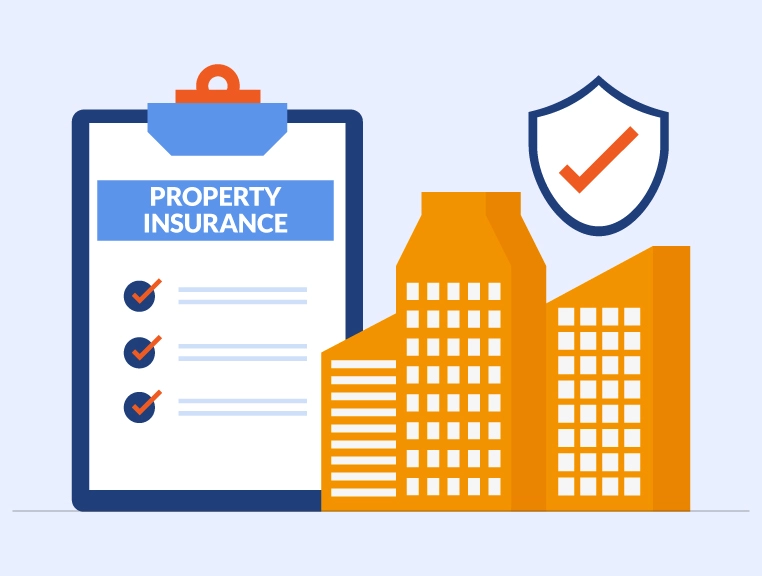The principle of indemnity ensures that there is no profit to the insured after the claim, and he/she only retains his/her financial position as it was before the loss. Estimation of indemnity will consider all the ways and methods to ensure this application in every insurance contract including fire Insurance.
Indemnity is estimated in Fire Insurance Policy based on the following factors:
- Ownership of the asset at the time of the accident
- Legal liability of the insured
- The market value of the asset
- Depreciation in the asset value
- Agreed upon value at the time of insurance
- Cost of purchase of the material for insured
Except for the first two factors; i.e. ownership and legal liability all other factors will be considered based on the type of policy that has been bought. Here’s a list based on the type of asset and fire policies:
| under construction property, stock in trade, raw material | cost of material + labour |
| under process material, finished goods | cost of material + processing charges + labour + any inflation in the cost |
| newly bought goods | market value – depreciation |
| new asset if insured on a reinstatement value basis | market value of the new property + any appreciation in value |
Also, see What is not Considered under Indemnity?
Let us look at an example below

Raju Shrivastava is running a retail store in Delhi. He opened the shop in the garage portion of his house 10 years ago, and now it has grown into a big shop spreading through the entire ground floor area of the house.
He bought fire insurance for the shop and the house after a fire accident charred material worth millions in one of the neighboring houses. The insurer has given him documents that insure various items in his shop and house under various terms.
Raju finds it pretty confusing that if any loss occurs, the insurer will be indulging in complicated calculations before recovering his loss. However, the advisor Gagandeep explains to him:
- The material for trading is insured at the cost value, which is the price paid by Raju to buy these things from the suppliers, as he needs to trade in them to make a living and not consume.
- The items for his personal consumption, like furniture, fixture, electronic items, etc. depreciate in value over time with use. Therefore, at the time of claim settlement insurer will account for the depreciation for the time the items have been in use.
See: How to file a claim Under a Fire Insurance Policy in India?
Gagan further says that Raju has the option of buying a reinstatement value policy. The premium, however, will be higher for this type of cover for personal assets.
This is done to ensure that no one can profit from insurance claims, and instead can retain their financial position as it was before the loss.
Harish Ramawat is constructing a house on the patch of land he bought this year. He has decided to insure the construction after the completion of the first floor of the property. Two more floors are to be constructed at the estimated total cost of Rs. 10 lakh.
The insurer suggests Harish insure the property at reinstatement value so that he does not have to incur any extra cost if the structure gets damaged by any event. The insurer estimates the sum insured based on the cost schedule presented by Harish for the property.
The cost schedule as offered by Harish:
- Material (including cement, sand, bricks, rebar, water, etc.) per floor: Rs. 350,000
- Material cost will not include the cost of loose earth used in construction.
- Labor cost per floor: Rs. 150,000 (30 Labourers employed for 30 days)
If a portion of the building is damaged, the insurer will club the costs and cover the repair cost as per this schedule, pro-rated for the partial damage.
This way, Harish will be indemnified for the cost, and he’ll not make any profit out of insurance.
About The Author
Shivani
MBA Insurance and Risk
She has a passion for property insurance and a wealth of experience in the field, Shivani has been a valuable contributor to SecureNow for the past six years. As a seasoned writer, they specialize in crafting insightful articles and engaging blogs that educate and inform readers about the intricacies of property insurance. She brings a unique blend of expertise and practical knowledge to their writing, drawing from her extensive background in the insurance industry. Having worked in various capacities within the sector, she deeply understands the challenges and opportunities facing property owners and insurers alike.




